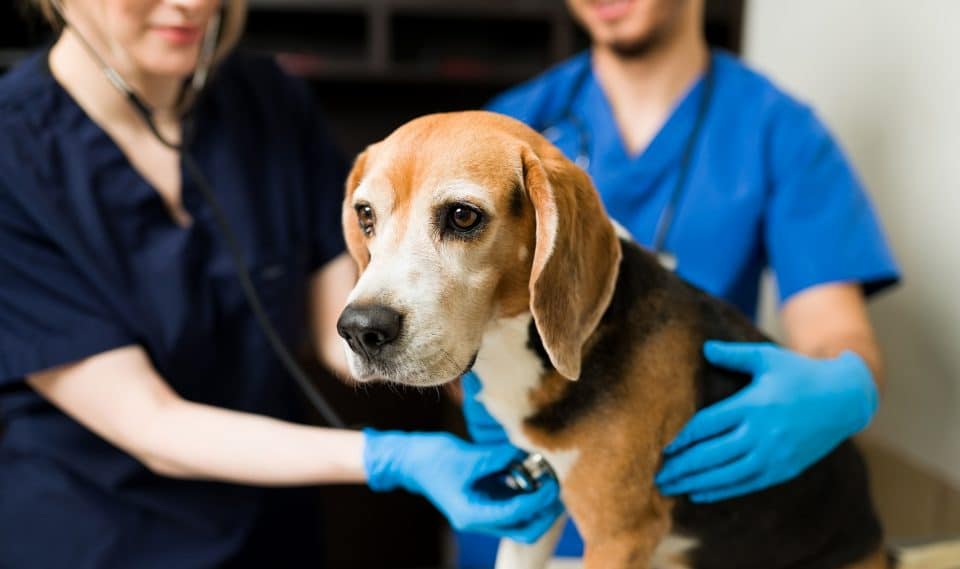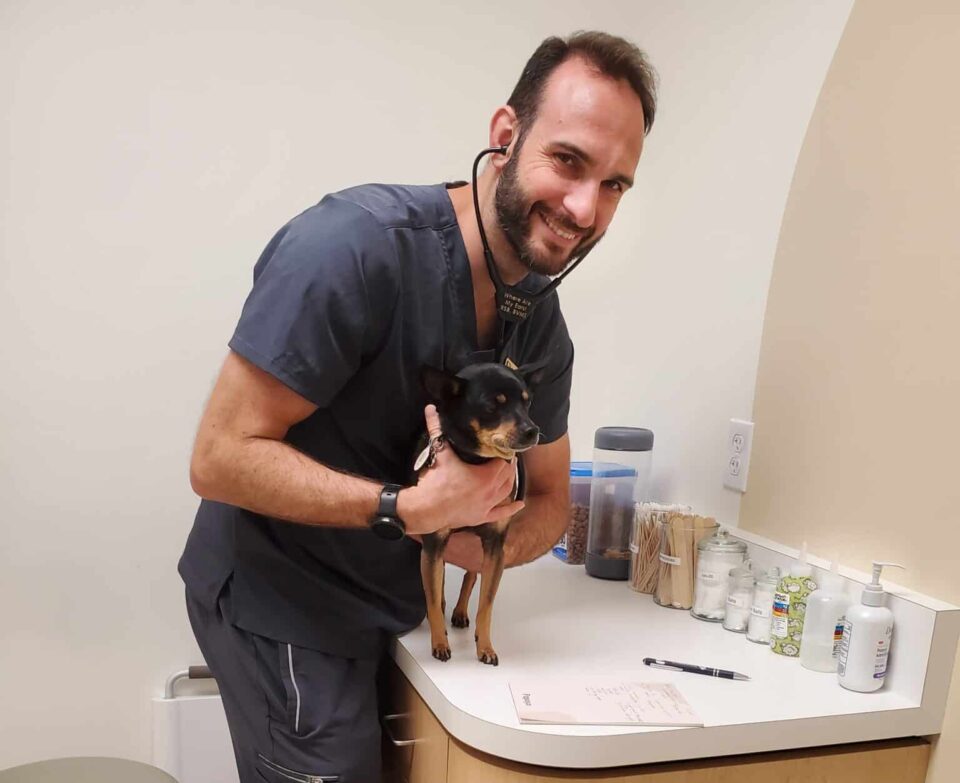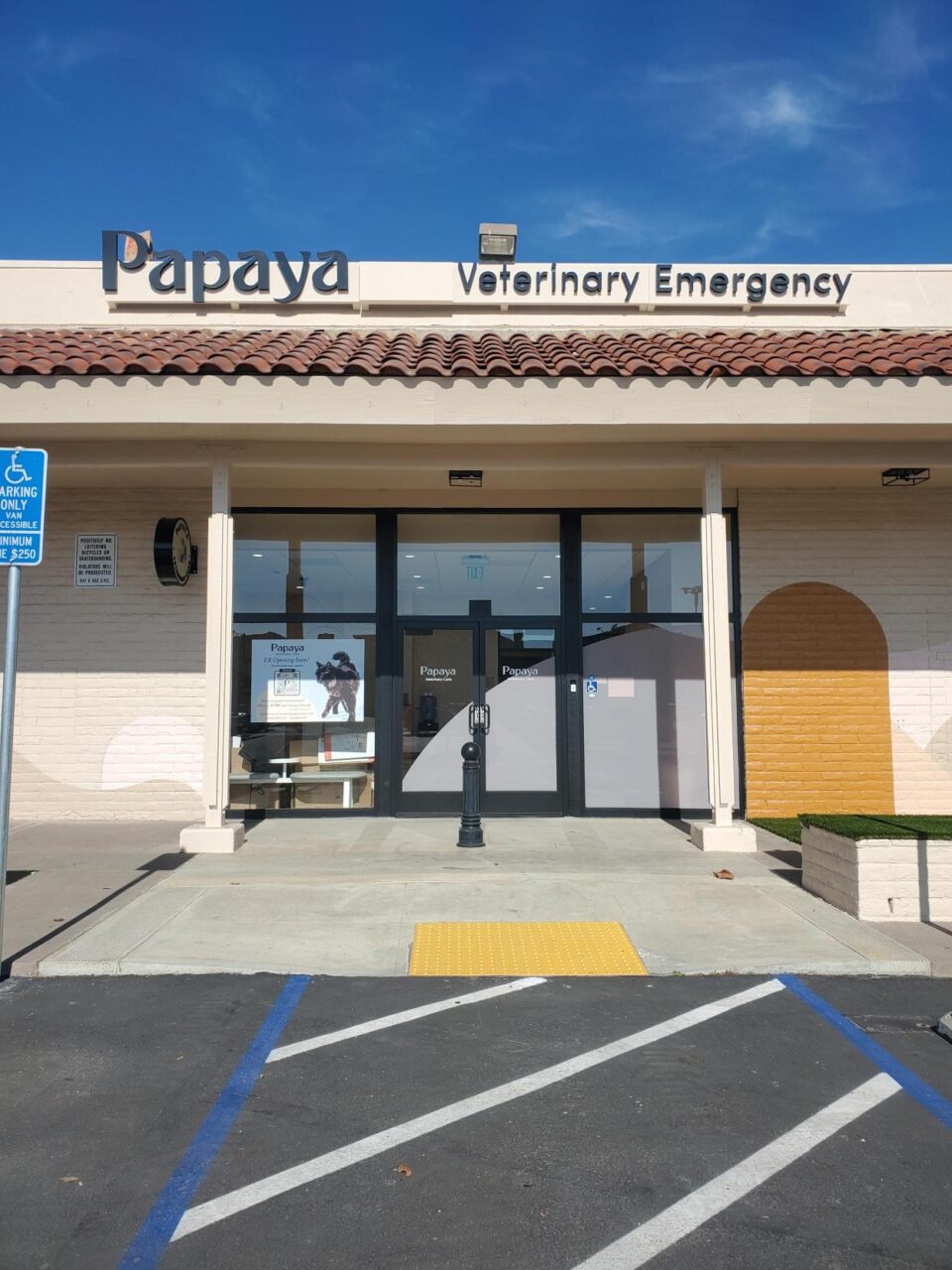Dogs
7 min read
When to Seek Urgent Care for Your Dog: Spotting the Warning Signs
Published on Jun 22, 2023

Dogs are not just pets; they are part of our families. Like any family member, their health is essential. So, imagine this – you’re in the living room, your dog playing at your feet, when suddenly, they start behaving strangely. Your heart drops. You feel a painful lump forming in your throat. Your first thought may be: “Does my dog need urgent care?”
Reading your dog’s signals can be challenging; they can’t tell us when something’s wrong. Yet, they do communicate – through changes in their behavior, their appetite, and their bodies. The key lies in decoding these signs and understanding when to seek urgent care for your dog. So, how do we discern the everyday sniffles from the red flags demanding immediate attention? This article provides a roadmap to guide you through those murky waters.
Understanding the Urgency: Immediate Emergency Care Vs. Next-Day Urgent Care
Before diving into the telltale signs of trouble, it’s essential to understand the difference between symptoms that require immediate emergency care and those that need next-day urgent care for your dog. Primary emergency care is necessary when your dog’s life could be in danger without prompt treatment. On the other hand, next-day urgent care involves situations where your dog is uncomfortable or unwell but is not facing a direct, immediate threat to their life.
But how do you differentiate between the two? Let’s delve into some common symptoms and scenarios that warrant immediate or next-day urgent care.
Red Alert: Signs Your Dog Needs Immediate Emergency Care
If you notice any of these symptoms, don’t delay – seek immediate emergency care. Remember, in such cases, every minute could be crucial.
- Severe Trauma: Dogs, especially those who love exploring or have a knack for getting into mischief, may experience traumatic incidents like falls, road accidents, or even fights with other animals. Severe trauma could lead to internal injuries that aren’t immediately visible. In addition to visible signs of pain or distress, watch out for other indicators such as limping, restlessness, rapid breathing, or changes in behavior. If you observe any of these signs, seek immediate veterinary attention. Remember, internal injuries can be serious and may not immediately show external symptoms.
- Difficulty Breathing: Trouble breathing can manifest in various ways, from rapid shallow breaths to a dog struggling to get enough air. Listen for unusual sounds such as wheezing, choking, or constant coughing. Look for physical signs, like exaggerated chest movements, extended neck or open-mouth breathing (in cats), and blue-colored gums or tongue. These signs suggest that your dog isn’t getting enough oxygen and needs immediate help.
- Seizures: Witnessing your dog having a seizure can be a scary experience. Symptoms can include sudden, uncontrolled shaking, drooling, chomping, urination, defecation, or even temporary loss of consciousness. A solitary seizure might not be life-threatening, but it should still warrant a call to your vet. Suppose your pup has multiple episodes in a short period or an episode lasting more than a few minutes. In that case, this is an emergency situation requiring a vet’s immediate response. Prolonged or recurrent seizures can lead to overheating, brain damage, or even be a symptom of a severe underlying disease.
- Uncontrolled Bleeding: Dogs can get cuts and scratches just like humans. But it’s an emergency if your dog is bleeding and doesn’t stop within five minutes. The blood loss can lead to shock or anemia if not controlled. While applying pressure may help, do not attempt to use a tourniquet unless directed by a veterinarian. Also, be cautious – an injured animal may react aggressively out of fear or pain.
- Ingestion of Toxic Substances: Dogs, especially puppies, can be curious. This curiosity can sometimes lead them to ingest things they shouldn’t – like chocolate, certain plants, cleaning supplies, or human medications.
Each of these items can be toxic or even lethal to dogs. Poisoning symptoms can vary, including vomiting, diarrhea, drooling, loss of appetite, blood in stool, changes in heart rate, and seizures. Rush to the vet immediately if you suspect your dog has ingested any toxic substance. Be sure to bring the substance’s packaging or label with you if possible, as it can help the vet determine the best course of treatment.
Orange Alert: Signs Your Dog Needs Next-Day Urgent Care
While not as immediately critical as the above, these symptoms still warrant rapid attention. If you observe any of the following, arrange for your dog’s urgent care within the next day:
- Persistent Vomiting or Diarrhea: An isolated episode might not be alarming, but if it’s persisting or accompanied by other symptoms such as lethargy, it’s time to visit the vet.
- Difficulty Urinating: Straining to urinate, frequent urination, or blood in urine can indicate urinary tract issues.
- Eye Issues: Discharge, redness, or excessive pawing at the eyes can suggest an eye infection or injury.
- Loss of Appetite: If your dog usually wolfs down their meals but has suddenly lost interest in food, it’s cause for concern.
- Limping: Limping could be due to a minor sprain, but it could also signify something more serious, like a fracture or dislocation.
Canine Vital Signs: Understanding Your Dog’s Basic Health Parameters
Getting familiar with your dog’s primary health parameters – heart rate, breathing rate, and body temperature – can also be hugely beneficial. Knowing what’s ‘normal’ for your dog can help you spot potential health issues early on.
- Heart Rate: An average heart rate varies based on the dog’s size. Puppies and small dogs generally have a higher heart rate, between 120-160 beats per minute, while large dogs tend to fall between 60-120 beats per minute.
- Breathing Rate: A relaxed dog typically takes 10-35 breaths per minute. Exercise, heat, and stress can cause this rate to increase.
- Body Temperature: Unlike humans, a dog’s average body temperature is higher, typically between 101 to 102.5 degrees Fahrenheit. A temperature above 103 or below 99 could be a cause for concern.
Understanding Dog Urgent Care Costs
Knowing when to seek urgent care for your dog is vital, but so is understanding the potential dog urgent care cost. The cost can vary significantly based on the severity of the condition, the required tests and treatments, and even the region where you live. Minor issues may only cost a few hundred dollars, while significant emergencies could run into the thousands. Pet insurance can help offset some of these costs, and it’s something every pet parent should consider.
Safeguarding Your Pet: Understanding Types of Dog Insurance
Given the potentially high urgent care cost, having pet insurance can offer peace of mind. But not all pet insurance policies are created equal. There are three types:
- Accident-only Policies: These cover treatment for injuries resulting from accidents, but not illnesses.
- Comprehensive Policies: These provide coverage for both accidents and illnesses.
- Wellness Policies generally cover preventive care such as vaccinations, routine check-ups, and even dental cleanings.
When choosing a policy, consider your pet’s age, breed, lifestyle, and financial situation.
An Ounce of Prevention: The Role of Preventive Care
As the old saying goes, ‘an ounce of prevention is worth a pound of cure’, the same applies to our furry friends’ health. Regular check-ups, vaccinations, and parasite control are all essential components of preventive care. In fact, these preventative measures can often help you avoid the need for dog urgent care in the first place!
Healthy habits at home also play a vital role. Regular exercise, a balanced diet, and good dental hygiene can go a long way in keeping your pup in top-notch condition.
The Devil’s in the Details: A Closer Look at Signs and Symptoms
Earlier, we provided a snapshot of symptoms that warrant urgent care. But let’s dive a bit deeper. After all, knowledge is power, and the more you understand these symptoms, the better equipped you’ll be to help your furry friend.
For instance, the color and consistency can provide clues about the underlying problem with vomiting or diarrhea. Blood in the vomit or stool is a definite red flag. Similarly, when looking at changes in appetite, consider whether your dog is completely refusing food or eating less than usual.
When it comes to difficulty urinating, keep an eye out for other signs, such as licking the urinary opening or lower belly discomfort. Check if your dog is blinking excessively or seems sensitive to light for eye issues.
In short, the more closely you observe and understand these symptoms, the more accurately you can communicate them to your vet, aiding in diagnosis and treatment.
Wrapping Up: Trust Your Instincts
Remember, you know your furry friend better than anyone else. If you sense that something’s off, trust your gut. It’s always better to err on caution regarding your dog’s health.
Being equipped with this knowledge not only helps you respond effectively during emergencies but also gives you peace of mind knowing that you’re prepared to provide the best care for your beloved four-legged companion. It’s all about cherishing those tail-wagging, face-licking moments for as long as possible. Here’s to our canine buddies’ many more years of health and happiness!
Your pet’s health is our top priority, which is why Papaya Veterinary Care goes above and beyond to provide exceptional emergency and urgent care services. Our experienced veterinarians are equipped to handle a wide range of pet emergencies, from life-threatening conditions to minor injuries.














